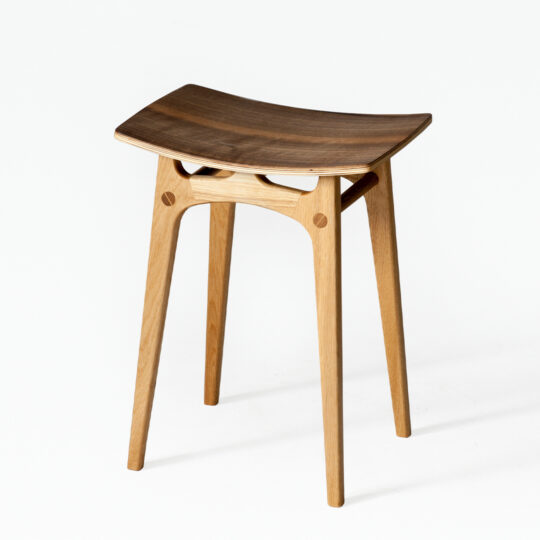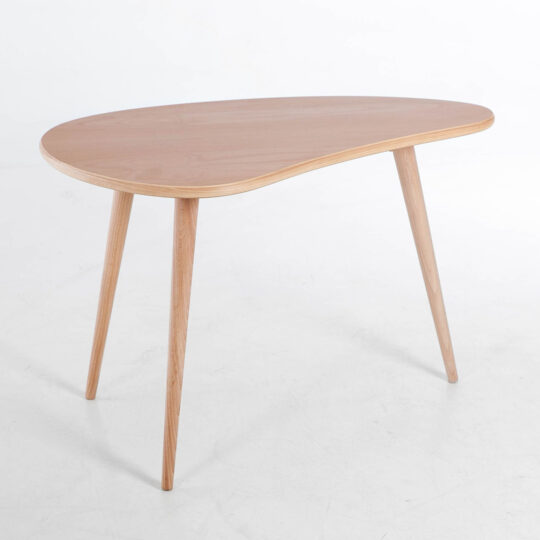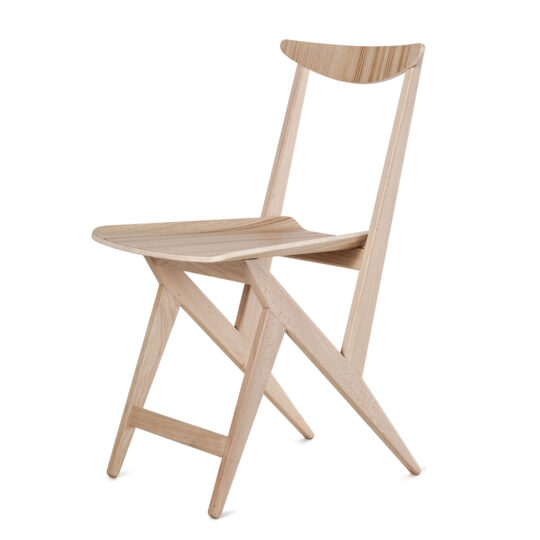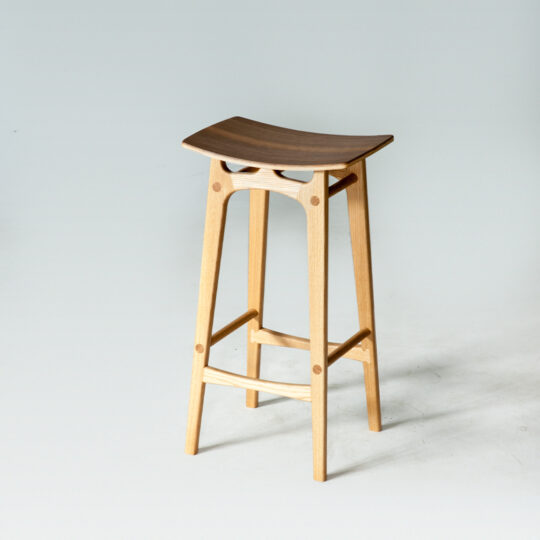Variable height bookcase
Rajmund Teofil Hałas
259,00 € – 1.755,00 €Price range: 259,00 € through 1.755,00 €
MATERIALS:
OILED OAK, STAINLESS STEEL
- THE FINISH CAN BE CUSTOMIZED UPON REQUEST
- ESTIMATED PRODUCTION TIME: ABOUT 3 WEEKS
BOOKCASE R. HAŁASA
The presented bookshelf is a model from 1959 designed by Professor Rajmund Teofil Hałas, one of the most prominent Polish designers and the founder of the Department of Industrial Design at the University of Arts in Poznań.
After over 60 years, in 2013, the bookshelf was reconstructed and introduced into production for the first time by newmodel.org. It is a simple and functional piece of furniture that can be assembled in just a few minutes without the need for any tools. The unique system of connecting the shelves with stainless steel clips allows for flexible configuration both vertically and horizontally. The bookshelf can serve as a wall-mounted or freestanding furniture piece, dividing the interior space.
The practicality, originality, and universality of the design have been recognized and awarded in major Polish design competitions. The bookshelf received the MUST HAVE 2014 title at the Łódź Design Festival and won the Good Design 2016 competition organized by the Institute of Industrial Design in Warsaw.
The registered Community design is protected in all European Union countries.
Projektant
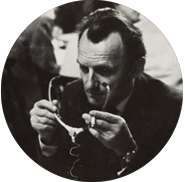
RAJMUND TEOFIL HAŁAS
He was born in Krobia, Greater Poland, into a family with a long tradition in the carpentry trade, which was initiated by his great-grandfather Jakub Węcławski in the mid-19th century. Jakub’s workshop was taken over by his son-in-law, Franciszek Hałas, who taught the trade to his son, Teofil. Teofil then built a furniture factory in 1922. Teofil’s sons, Zygmunt and Rajmund Teofil, continued the family tradition, with Rajmund Teofil obtaining a master carpenter diploma after studying at the Carpentry and Sculpture Gymnasium in Cieplice Zdrój.
In 1951, Rajmund T. Hałas began studying at the State Higher School of Fine Arts (PWSSP) in Poznań, at the Interior Architecture Department, and graduated with a diploma under the guidance of Professor Jerzy Staniszkis.
After his studies, he became involved in the furniture industry and led the Furniture Design Studio, which served the entire industry. At that time, he designed, among other things, the SHELF WITH ADJUSTABLE HEIGHTS (1959) and a group of chairs: RED – WHITE – BLACK (1957-62).
In 1960, he founded the Koło group with Czesław Kowalski (the author of Kowalski Wall Units), Leonard Kuczma, and Janusz Różański. This group initiated efforts to organize the Furniture Biennale in Poznań. After nearly twenty years (in 1978), the Organizing Committee of the 1st International Furniture Triennial was established.
In 1964, he received a scholarship to study at the Helsinki Institute of Industrial Arts, and a year later in the United Kingdom, where he met creators such as Alvar Aalto and Gordon Russell. His travels to the West resulted in the establishment of the Department of Industrial Design at PWSSP in Poznań in 1971, where he led the Inspiring Design Studio. He remained connected to the Poznań university throughout his extremely active life. After retiring as a professor, he served as a consultant in the Design Department and taught the history of architecture and design at the Faculty of Architecture and Design.
At the initiative of Marek Hałas, Professor Hałas’s nephew, the Carpentry and Biskupizna Museum was established in the former furniture factory buildings of his grandfather Teofil in Krobia. The museum is named after Rajmund Teofil Hałas.














